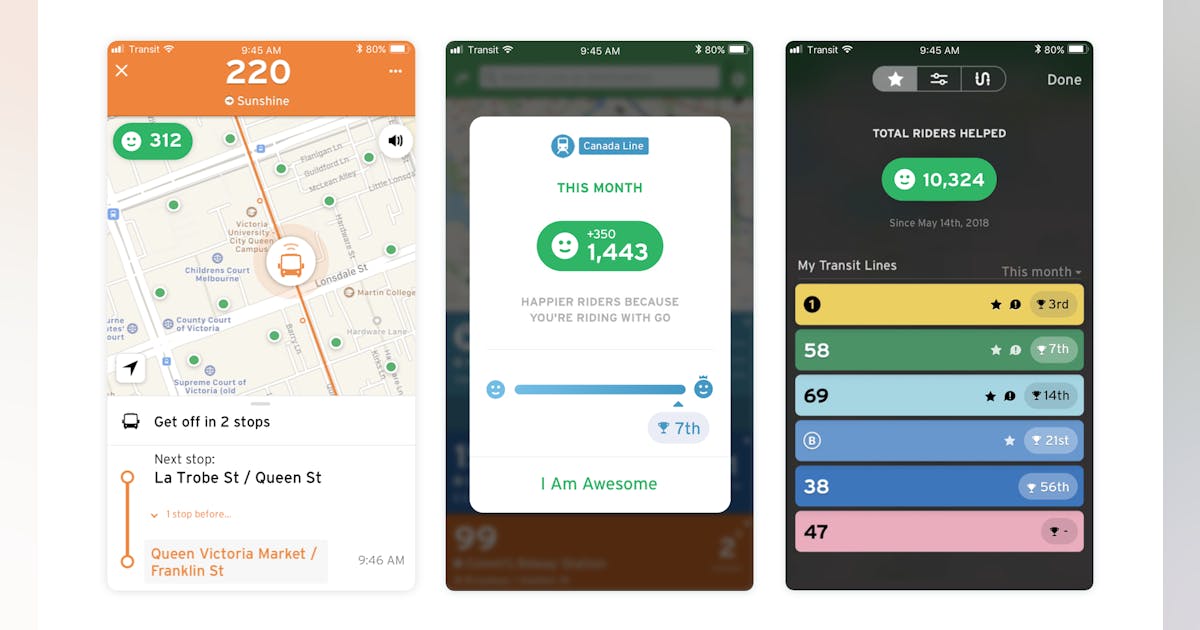Current condition.
Whether it's for getting to and from work or school, or any other purpose, public transportation has consistently served an indispensable part in facilitating daily life in society. Nonetheless, public transport in Malaysia has been beset by significant hurdles for a long time, causing commuters to become disgruntled and reluctant to use it; instead, they continue to drive to work amidst heavy traffic congestion.
Problem 1: Poor interconnectivity.
Problem 2: The dreaded travel time.
The next issue is the time commuters would have to sacrifice waiting for public transport. Waiting and prolonging users' commutes is abhorrent for every one of them, particularly when they are in a hurry to get to work or school. And this situation is further aggravated by the limited capacity of a single mode of public transport and an insufficient frequency that is incompatible with the enormous number of peak-hour commuters. Moreover, the punctuality of our public transport remains a concern due to the prevalence of technical breakdowns. This eventually increases the time required to use public transport.
The future of public transport: What can we expect?
As our nation endeavors to achieve 50 percent urban use of public transit by 2040, I believe that the future of our nation's public transportation will focus on encouraging people to use public transport more frequently in order to reduce traffic congestion and elevate the user rate. Ideally, all of this could be accomplished after enhancements are made to various aspects, such as the interconnectivity between various forms of public transport and the incorporation of cutting-edge technology into our public transport.
Subsequently, as the stated issues are progressively resolved, our public transit will not only be for those in dire straits, but also for the affluent, owing to the service's enhancement and efficacy.
Solutions to attain the ideal state.
Solution 1: Create an application to address the issue of public transport frequency.
Indeed, the frequency of our public conveyance is the most pressing concern. However, rashly increasing it in abundance may be impractical and unsustainable because it could end up in additional energy squandering. Thus, to narrow the gap between the present and the future, it is imperative to create a novel application that can autonomously modulate the frequency of public transportation services. This will ultimately result in a more user-oriented and demand-responsive public transportation system. For instance, the application could potentially incorporate the GPS feature of commuters' devices along with sophisticated algorithms to analyze the demand for public transport in various locations, thereby increasing the frequency of travel in high-demand areas to ensure shorter waiting times. Given its reliability and punctuality, it urges more people to choose public transport as their preferred mode of commuting. Still, the implementation of such an application in order for it to become a norm would require substantial endeavors and collaborations from an array of stakeholders, including transportation operators and application developers. Therefore, the implementation of this solution will undoubtedly demand some time.
Solution 2: Universalization of micro-mobility transportation.
Furthermore, the following solution is dedicated to rendering the utilization of shared micro-mobility transportation tools universal. Although we now have micro-mobility such as Beam, it is not yet as advanced and omnipresent as in China and Italy, where its widespread availability reduces impediments to public adoption. For example, shared micro-mobility could include electric cycles, scooters, and even skateboards, all of which could be rented at various locations. Using a micro-mobility transportation tool could assist commuters in rectifying their first- and last-mile transportation issues, thereby making public transportation the preferred mode of travel for all, regardless of their destinations or points of origination. Subsequently, they are not required to walk or use e-hailing services to reach their public transport stations or residences, allowing for greater flexibility and convenience when using public transport.
However, security issues are still likely to be among the main worries for micro-mobility use. For that reason, dedicated infrastructure such as micro-mobility lanes and parking areas should be developed, and stringent usage rules should be promulgated, to keep commuters using public transport without qualms.
Solution 3: Gamification of public transportation.
Reflection.
References.
Asian Development Bank. (2022). Reimagining the future of transport: malaysia in 2030 with idris azim. https://www.adb.org/news/ videos/reimagining-future-transport-malaysia-2030-idris-azim
Balfoort, F. C. (2023). Transforming cities with micromobiliity. The Sun Daily. https://www.thesundaily.my/opinion/transforming-cities-with-micromobility-GD10753234
Beam. (2023). Transforming malaysian cities with micromobility. https://www.ridebeam.com/highlight/transforming-malaysian-cities-with-micromobility
Birruntha, S. (2022). Long-term solution needed for effective public transport system. The Malaysian Reserve. https://themalaysian reserve.com/2022/12/13/long-term-solution-needed-for-effective-public-transport-system/
Guan, T., & Khairiel, A. N. (n.d.). Urban transportation issues: A case study at kuala lumpur, malaysia. https://core.ac.uk/download/ 12123239.pdf
Heineke, K., Kloss, B., & Scurtu, D. (2022). What germany can teach the world about shared micromobility. McKinsey & Company. https://www.mckinsey.com/features/mckinsey-center-for-future-mobility/mckinsey-on-urban-mobility/what-germany-can-teach-the-world-about-shared-micromobility
Liao, Y., Gil, J., Pereira, R. H. M., Yeh, S., & Verendel, V. (2020). Disparities in travel times between car and transit: Spatiotemporal patterns in cities. Scientific Reports, 10(1), 4056. https://doi.org/10.1038/s41598-020-61077-0
Lopez, B. (2023). How to further improve KL’s public transport system. Free Malaysia Today. https://www.freemalaysiatoday.com/ category/opinion/2023/02/02/how-to-further-improve-kls-public-transport-system/
Malaysia Kini. (2022). Letter | we need to fix klang valley's public transport system. https://www.malaysiakini.com/letters/636052
Medium. (2022). Public transport in malaysia: the good, the bad, and what could be better. https://medium.com/tlmun-herald/public-transport-in-malaysia-the-good-the-bad-and-what-could-be-better-2d18fec734db
Sakinah, N. A. (2022). Concrete, thorough solutions needed to solve public transport problems. Free Malaysia Today. https://www.free malaysiatoday.com/category/opinion/2022/11/11/concrete-thorough-solutions-needed-to-solve-public-transport-problems/
Selangor Journal. (2022). It’s 2022, but public transport woes remain. https://selangorjournal.my/2022/05/its-2022-but-public-transport-woes-remain/
Stables, J. (2017). Why should we gamify transit. Medium. https://medium.com/@salutjames/why-should-we-gamify-transit-3c3701c983ff
Tan, A. (2021). 6 problems with public transportation in malaysia. Teh Talk. https://tehtalk.com/6-problems-with-public-transportation-in-malaysia/
Tan, D. (2022). Malaysia targeting 50% urban public transport use by 2040 as part of low carbon aspirations, from 20%. Paultan.org. https://paultan.org/2022/09/21/malaysia-targeting-50-urban-public-transport-use-by-2040-as-part-of-low-carbon-aspirations-from-20/
Wang, W., Gan, H., Wang, X., Lu, H., & Huang, Y. (2022). Initiatives and challenges in using gamification in transportation: a systematic mapping. European Transport Research Review, 14(1). https://doi.org/10.1186/s12544-022-00567-w







%20E-scooters%20at%20a%20kiosk%20provided%20by%20an%20e-scooter%20sharing%20service%20in%20Singapore.jpg?itok=cQb2r8Sw)


Comments
Post a Comment